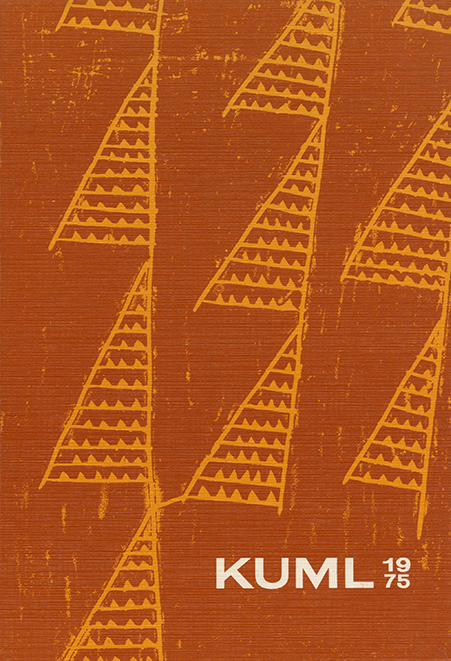Bygningen på søndre Jellinghøj
DOI:
https://doi.org/10.7146/kuml.v24i24.106165Keywords:
jelling, south barrow, sydhøj, house, dating, datering, medieval, middelalderAbstract
The house on the south barrow at Jelling
In the everlasting discussion about the royal monuments at Jelling, a timber structure on top of the south barrow has, since the excavation in 1941, played the part of a Cartesian devil. To mention the two most diverse opinions, it has been interpreted as the platform for a trigonometrical station from the 1770's and as a mortuary house built shortly after the construction of the barrow in the 10th century. The special importance of the last interpretation - advanced by Harald Andersen (Kuml 1951, pp 91-135) -would be that this might explain why the tumulus -like so many other great Scandinavian tumuli- was empty.
A dendrochronological examination of parts of the timber, fortunately preserved by the excavator, the late Ejnar Dyggve, conclusively proves the building to have been medieval. The most likely function of the structure is that of a bell tower belonging to the small stone-built romanesque church erected between the twin barrows. The tower probably fell into disuse when a belfry of masonry was added to the church in the late middle ages.
Tage E. Christiansen
Downloads
Published
How to Cite
Issue
Section
License
Fra og med årgang 2022 er artikler udgivet i Kuml med en licens fra Creative Commons (CC BY-NC-SA 4.0).
Alle tidligere årgange af tidsskriftet er ikke udgivet med en licens fra Creative Commons.


